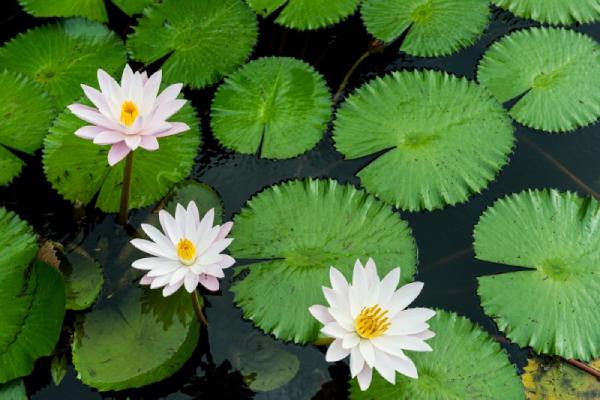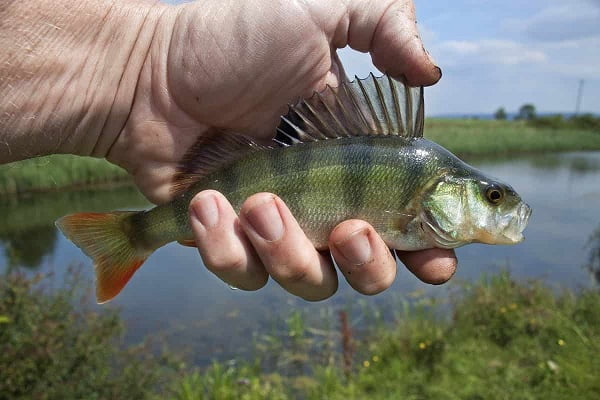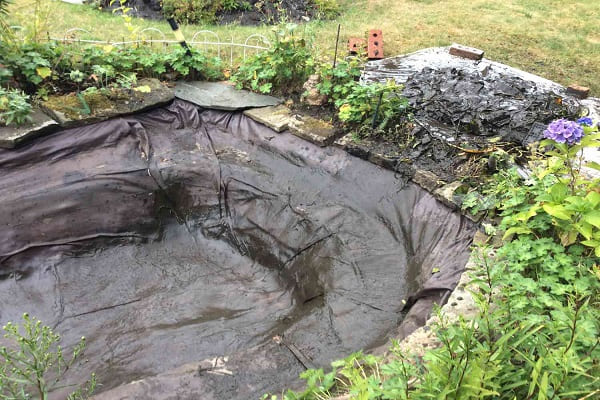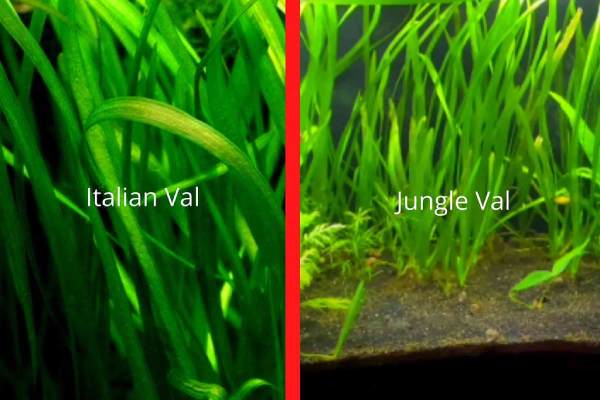Can You Cement The Top Of A Pond Liner? What To Know
If you have a pond or plan to install one, you have probably thought of using a pond liner to prevent your pond water from seeping into the soil.
Well, it’s a known fact that pond liners can prevent water from seeping into the soil, but, what about the top of the liner? How do you make it last for a long time? “Can you cement the top of a pond liner?” These are typical queries, and fortunately, these questions will be answered in this blog post, so keep reading.
You know, a pond liner’s strength and longevity can be improved by covering it with cement but “how do you cover it professionally?” This is going to be discussed in more detail in the next section.
How to cement the top of a pond liner
You may increase the longevity of your pond liner and give it a more finished look by placing a layer of concrete over it.
It will not only prevent the liner from being punctured by sharp items, but it will also give it a sleek and attractive finishing, perfect for any backyard. Below is a step by step guide to cementing the top of your pond liner.
Prepare the Surface
Your pond liner’s surface must be properly prepared before any concrete is applied. First, make sure the liner is clean and free of any material that could compromise the concrete’s ability to stick.
After the liner has been washed, you can etch the surface with a power washer to give it a rough texture. This is because the concrete will stick better to the liner if it has this texture.
Mix the mortar
After preparing the surface, the next thing you should do is blend the mortar. You can either make your own mortar or get a pre-mixed one.
If you are intending to make your own mortar, you can mix about three parts sand to one part cement. The concrete should be easily spreadable but not too runny in consistency.
Apply the mortar
Spread the mortar on top of the pond liner with a trowel. Do well to work as quickly as possible so the concrete doesn’t dry up before you’re done.
Spread a layer of concrete at least two to three inches thick over the whole pond liner.
Add the Final Touches
After the concrete has been poured, you can create designs however you like. You can smoothen the concrete with a trowel to create a polished surface or textured with a broom.
Decorative stones or tiles can be laid on top of the concrete for a more aesthetically pleasing finishing.
Leave it to cure
Finally, wait a full week after pouring the concrete before filling the pond with water. The mortar won’t break or crumble when the pond is filled if you wait until it’s completely hardened.
Hiding the Edges of Your Pond Liner
Concealing your pond liner edges can give your pond a more natural look. In this section, we will take a look at simple steps you can use to hide the edges of your pond liner.
Create a design plan
Plan out the layout of your rock border before you start mortaring. Consider the layout of your pond and the appearance of the border.
Do you like a clean, straight border or a more organic, rounded one? Which rocks do you have in mind for this project? Mark the border’s outline with a garden hose or spray paint once you have a general idea of the design.
Prepare the Surface
After settling on a design, it’s time to get the surface ready for it. First, clear the area surrounding the pond of any stray grass and plants.
For the rocks to stick, you must first provide a smooth base. Be sure the soil is compacted and level before beginning construction on a new pond.
Mix the Mortar
Mix the mortar by combining the sand and cement. The mixture should be thick enough to keep the rocks in place but not too thick.
As a general guideline, the mortar should be around the same consistency as peanut butter.
Spread the mortar
Spread some mortar along the pond’s edge with a trowel. Put the rocks into the mortar, working from one end to the other.
Put the larger rocks at the base and the smaller ones on top. To ensure a strong connection, press each rock firmly into the mortar.
Fill the gaps
After laying the initial layer of rocks, use the trowel to fill in the spaces between them with mortar.
Keep doing this until your rock border is as tall as you want it to be. Make sure the rocks are straight and level as you go.
Allow It to Dry
Before filling the pond with water, make sure the mortar is totally dry. Depending on the temperature and humidity, this could take up to two days.
You can also mist the mortar with water. This can help it retain moisture while it dries.
It’s crucial to note that if you use mortar to conceal the pond liner’s edges, you may end up with a high concentration of lime in the pond water, which is toxic to fish.
Refilling the pond with fresh water or adding white vinegar and additional water and letting it settle for some days before introducing fish would solve this problem.
With these easy techniques, you can conceal the unattractive liner margins of your pond and create a gorgeous rock border around it.
However, that is not all, there are things you can do to reinforce your pond liners. Keep scrolling to find out more.
Other Ways to Strengthen your pond liners
Here are ways you can add extra strength to your pond liner
Using rocks and gravels
To reinforce pond liners, you might use rocks or gravel. If done right, the rocks or gravel can serve as an underlayment, shielding the liner from sharp items and adding extra support.
Using rocks of varying sizes and shapes can also help create a barrier that blends with your landscape.
Geotextile
Geotextile is another material that can be used to reinforce pond liners. Geotextile is a porous fabric placed between the pond liner and the ground.
It adds a protective barrier against punctures and spreads the weight of the water more uniformly.
In addition to letting water through, geotextile also keeps soil particles from breaking through the liner. Also, because of its filtering properties, geotextile can aid in enhancing water quality.
Using old pond liners
To reinforce a new pond liner, you might use an old one as an underlayment. The old liner might serve as a protective layer beneath the new one during installation.
The old liner can also act as a protective barrier against tears and punctures and as an additional layer of padding. If you have an unused liner lying around, you may put it to good use in this way and save the material from landfill.
Conclusion
As you can see, this blog post provides a thorough answer to the question, “Can you cement the top of a pond liner?”
We have also taken time to discuss in detail how to cement your pond top and how to hide the edges of the liner.
Feel free to use all the techniques and steps discussed in this blog post to cement the top of your pond liner and also prevent it from being damaged. Meanwhile, you can read about pond liner alternatives should in case you do not want to use pond liner.
FAQs
Cementing the top of a pond liner can cause cracking and leaks and make maintenance harder in the future.
PVC, EPDM, and butyl pond liners, among others, can all be cemented. However, before installing the liner, make sure to double-check with the manufacturer to be sure that it is safe to do so.
Yes. However, repairing a cemented pond liner may require more time and specialized resources than repairing a liner that is not cemented.



![How Much Does It Cost To Dig A Pond? [Rough Estimate]](https://pondmemo.com/wp-content/uploads/2023/05/how-much-does-it-cost-to-dig-a-pond-img_1-img.jpg)


![6 Cheapest Substrates for a Planted Aquarium [2024]](https://pondmemo.com/wp-content/uploads/2024/01/cheapest-substrate-for-planted-aquarium-IMG_1.jpg)